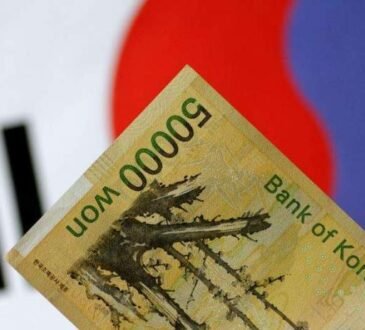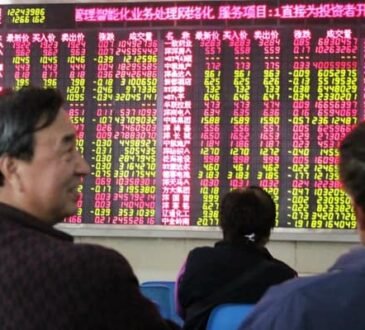- EUR/JPY trades sideways near 162.50 with ECB policy in focus.
- Investors expect the ECB to cut interest rates again by 25 bps.
- The next move in the Japanese Yen (JPY) will be projected by the National CPI data for September.
The EUR/JPY pair trades in a tight range around 162.50 in Thursday’s European session. The cross consolidates as investors have sidelined ahead of the European Central Bank’s (ECB) interest rate decision, which will be announced at 12:15 GMT.
The ECB is widely anticipated to reduce the Rate on Deposit Facility by 25 basis points (bps) to 3.25%. This would be the second consecutive interest rate cut by the ECB in a row.
A shift in focus of ECB officials to economic stagnation in the Eurozone from taming price pressures is the major reason behind firm ECB rate cut bets. The Eurozone economy is going through a rough phase due to weakening demand from domestic and overseas markets. Meanwhile, growing speculation for former US President Donald Trump winning presidential elections, which will take place on November 5 has also dampened the Eurozone’s outlook.
Trump is expected to elevate import tariffs, which could hurt exports from the old continent and make their economic prospects more vulnerable.
Meanwhile, the annual Eurozone Harmonized Index of Consumer Prices (HICP) has decelerated to 1.7% in September, according to the revised estimate.
In the Japanese region, investors await the National Consumer Price Index (CPI) data for September, which will be published on Friday. The inflation data will influence market speculation for the Bank of Japan’s (BoJ) interest rate outlook. Economists expect the National CPI ex Fresh Food to have grown by 2.3%, slower than 2.8% in August.
Japanese Yen FAQs
The Japanese Yen (JPY) is one of the world’s most traded currencies. Its value is broadly determined by the performance of the Japanese economy, but more specifically by the Bank of Japan’s policy, the differential between Japanese and US bond yields, or risk sentiment among traders, among other factors.
One of the Bank of Japan’s mandates is currency control, so its moves are key for the Yen. The BoJ has directly intervened in currency markets sometimes, generally to lower the value of the Yen, although it refrains from doing it often due to political concerns of its main trading partners. The BoJ ultra-loose monetary policy between 2013 and 2024 caused the Yen to depreciate against its main currency peers due to an increasing policy divergence between the Bank of Japan and other main central banks. More recently, the gradually unwinding of this ultra-loose policy has given some support to the Yen.
Over the last decade, the BoJ’s stance of sticking to ultra-loose monetary policy has led to a widening policy divergence with other central banks, particularly with the US Federal Reserve. This supported a widening of the differential between the 10-year US and Japanese bonds, which favored the US Dollar against the Japanese Yen. The BoJ decision in 2024 to gradually abandon the ultra-loose policy, coupled with interest-rate cuts in other major central banks, is narrowing this differential.
The Japanese Yen is often seen as a safe-haven investment. This means that in times of market stress, investors are more likely to put their money in the Japanese currency due to its supposed reliability and stability. Turbulent times are likely to strengthen the Yen’s value against other currencies seen as more risky to invest in.





